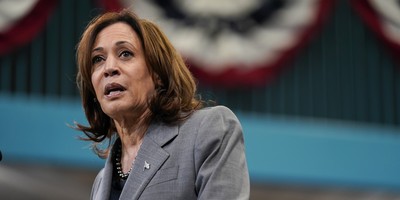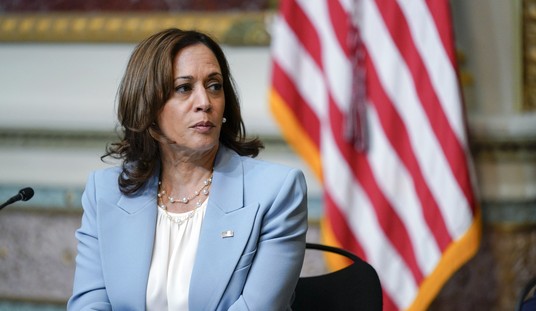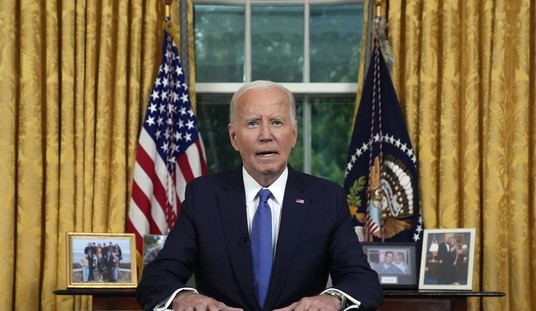I’ve argued, ad nauseam, that the single most important goal of fiscal policy is (or should be) to make sure the private sector grows faster than the government. This “golden rule” is the best way of enabling growth and avoiding fiscal crises, and I’ve cited nations that have made progress by restraining government spending.
But what’s the best way of actually imposing such a rule, particularly since politicians like using taxpayer money as a slush fund?
Well, the Swiss voters took matters into their own hands, as I describe in today’s Wall Street Journal.
Americans looking for a way to tame government profligacy should look to Switzerland. In 2001, 85% of its voters approved an initiative that effectively requires its central government spending to grow no faster than trendline revenue. The reform, called a “debt brake” in Switzerland, has been very successful. Before the law went into effect in 2003, government spending was expanding by an average of 4.3% per year. Since then it’s increased by only 2.6% annually.
So how does this system work?
Switzerland’s debt brake limits spending growth to average revenue increases over a multiyear period (as calculated by the Swiss Federal Department of Finance). This feature appeals to Keynesians, who like deficit spending when the economy stumbles and tax revenues dip. But it appeals to proponents of good fiscal policy, because politicians aren’t able to boost spending when the economy is doing well and the Treasury is flush with cash. Equally important, it is very difficult for politicians to increase the spending cap by raising taxes. Maximum rates for most national taxes in Switzerland are constitutionally set (such as by an 11.5% income tax, an 8% value-added tax and an 8.5% corporate tax). The rates can only be changed by a double-majority referendum, which means a majority of voters in a majority of cantons would have to agree.
Recommended
In other words, the debt brake isn’t a de jure spending cap, but it is a de facto spending cap. And capping the growth of spending (which is the underlying disease) is the best way of controlling red ink (the symptom of excessive government).
Switzerland’s spending cap has helped the country avoid the fiscal crisis affecting so many other European nations. Annual central government spending today is less than 20% of gross domestic product, and total spending by all levels of government is about 34% of GDP. That’s a decline from 36% when the debt brake took effect. This may not sound impressive, but it’s remarkable considering how the burden of government has jumped in most other developed nations. In the U.S., total government spending has jumped to 41% of GDP from 36% during the same time period.
Switzerland is moving in the right direction and the United States is going in the wrong direction. The obvious lesson (to normal people) is that America should copy the Swiss. Congressman Kevin Brady has a proposal to do something similar to the debt brake.
Rep. Kevin Brady (R., Texas), vice chairman of the Joint Economic Committee, has introduced legislation that is akin to the Swiss debt brake. Called the Maximizing America’s Prosperity Act, his bill would impose direct spending caps, but tied to “potential GDP.” …Since potential GDP is a reasonably stable variable (like average revenue growth in the Swiss system), this approach creates a sustainable glide path for spending restraint.
In some sense, Brady’s MAP Act is akin to Sen. Corker’s CAP Act, but the use of “potential GDP” makes the reform more sustainable because economic fluctuations don’t enable big deviations in the amount of allowable spending.
To conclude, we know the right policy. It is spending restraint. We also know a policy that will achieve spending restraint. A binding spending cap. The problem, as I note in my oped, is that “politicians don’t want any type of constraint on their ability to buy votes with other people’s money.”
Overcoming that obstacle is the real challenge.
P.S. A special thanks to Pierre Bessard, the President of Switzerland’s Liberales Institut. He is a superb public intellectual and his willingness to share his knowledge of the Swiss debt brake was invaluable in helping me write my column.

























Join the conversation as a VIP Member